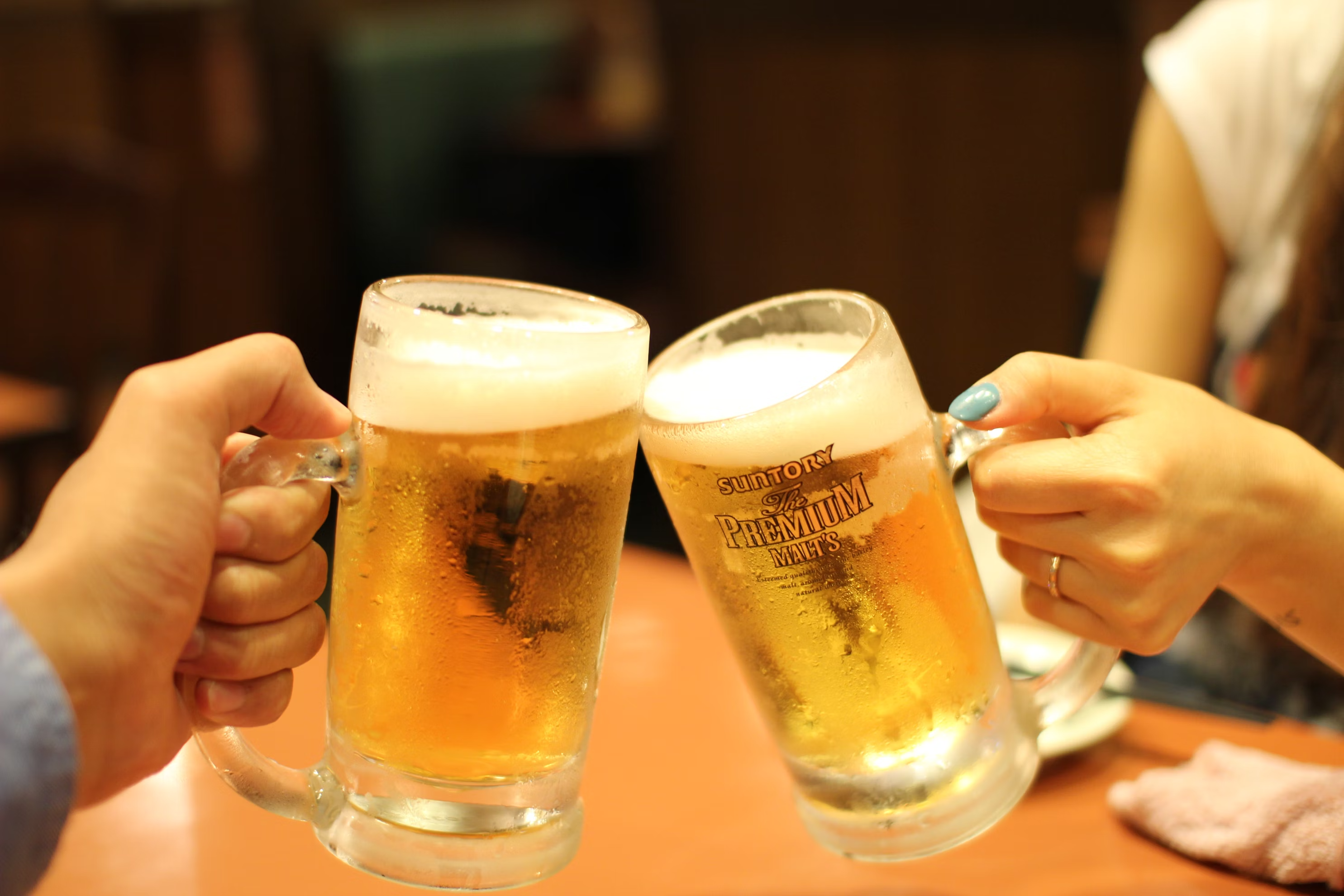Alcohol-Free Beer Calories: The Truth Revealed
Alcohol-free beers have become increasingly popular among health-conscious consumers and those seeking to reduce their alcohol consumption while still enjoying the experience of a cold brew. These non-alcoholic beers offer the taste profile of their alcoholic counterparts but contain very little to no alcohol, which can lead to a lower calorie count. The calorie content is a significant consideration for those monitoring their calorie intake or pursuing a weight management regimen.

Alcohol-free beers have become increasingly popular among health-conscious consumers and those seeking to reduce their alcohol consumption while still enjoying the experience of a cold brew. These non-alcoholic beers offer the taste profile of their alcoholic counterparts but contain very little to no alcohol, which can lead to a lower calorie count. The calorie content is a significant consideration for those monitoring their calorie intake or pursuing a weight management regimen.
The production of non-alcoholic beer is similar to traditional beer; however, it undergoes a process to remove or reduce the alcohol content without significantly altering its taste. Despite the removal of alcohol, which is high in calories, non-alcoholic beer retains a similar amount of carbohydrates and sugars which contributes to its calorie content. It's essential for consumers to be aware that while non-alcoholic beer is often lower in calories compared to regular beer, it is not calorie-free and should be consumed in moderation as part of a balanced diet.
Health considerations extend beyond calorie content when choosing non-alcoholic beer. Many brands offer detailed nutritional information, allowing individuals to make informed choices based on carbohydrates, sugars, and other dietary factors. For those curious about specific brands and their nutrition facts, resources like Steady Drinker provide a comprehensive list of alcohol-free beers with corresponding calories, carbohydrates, and sugar content per serving.
Understanding Alcohol-Free Beer
In recent years, alcohol-free beer has gained popularity as a health-conscious alternative to traditional alcoholic beverages. This section delves into what constitutes an alcohol-free or low alcohol beer, the process of its production, and how it contrasts with its alcoholic counterparts.
Defining Alcohol-Free and Low Alcohol Beer
Alcohol-free beer, sometimes known as non-alcoholic beer, typically contains less than 0.5% alcohol by volume (ABV). This is in distinction to low alcohol beers, which may contain a small but significant amount of alcohol, but still less than traditional ales and lagers. Brewers often label their products with ABV to inform consumers about the alcohol content.
How Alcohol-Free Beer Is Made
The production of alcohol-free beer involves the same fundamental steps as regular beer — malting, mashing, boiling, and fermentation. However, brewers either halt fermentation early or use special yeast strains to keep the alcohol levels to a minimum. Another method includes the removal of alcohol after the fermentation process through techniques such as vacuum distillation or reverse osmosis.
Comparing Alcoholic vs. Non-Alcoholic Beer
When making a comparison between alcoholic and non-alcoholic beers, there are several key factors to consider, notably the calorie content and nutritional profile. Non-alcoholic beer often contains fewer calories than regular beer, making it a popular choice for those managing their calorie intake. Craft beers, known for their unique flavors, are also available in non-alcoholic variants, offering more options for consumers. However, non-alcoholic versions may have a higher carbohydrate content, as the sugars are not converted into alcohol during the fermentation process.
Nutritional Profile and Caloric Content
Selecting alcohol-free beer no longer means compromising on taste or variety. However, consumers are increasingly aware of the nutritional content, particularly the calories and carbs, of these beverages. Understanding the nutritional profile, including the calorie count and the presence of other nutrients, is crucial for those monitoring their calorie intake or requiring specific dietary needs.
Calories and Carbs in Alcohol-Free Beer
The calorie and carbohydrate content in non-alcoholic beer can significantly vary depending on the ingredients and the brewing process. Typically, alcohol-free beers contain fewer calories than their alcoholic counterparts due to the absence of alcohol, which is calorically dense. A standard serving of non-alcoholic beer usually ranges from 50 to100 calories. It's important to note that these beers can still contain carbs, often derived from malt; they might also contain various levels of sugar. Clausthaler, for example, presents 92 calories and 19 grams of carbohydrates in a bottle.
Other Nutrients in Non-Alcoholic Beer
When examining the nutritional value of non-alcoholic beer, one should consider not just calories and carbs but also protein, fat, and sometimes vitamins and minerals. Typically, these beers are low in fat and might contain small amounts of protein. Nutritional facts might also list the vitamins and minerals present due to the malt and other grains used in brewing. It's worth noting that some non-alcoholic beers can be a source of added sugar, which should be taken into account.
Marketed Brands and Their Nutritional Information
Various brands offer non-alcoholic beers, each with their unique nutritional profile.
Clausthaler provides a bottle with 92 calories and 19g of carbs, while Grüvi Stout Alcohol-Free boasts a lighter profile with 45 calories and 12g of carbohydrates per can. Beck's and Beck's Blue offer options that balance calorie-consciousness with flavor. Partake Brewing specializes in craft non-alcoholic beers, focusing on keeping calorie count and carbs low, which appeals to those seeking healthier alternatives. Peroni Libera 0.0% is another player, with approximately 22 calories per 100ml, projecting an image of Italian style alongside mindful consumption. Lastly, Heineken 0.0 and Free Damm are popular choices for those looking for mainstream flavor profiles in non-alcoholic form, with calorie counts akin to light beer alternatives.
Each of these options reflects the growing diversity and attention to nutrition in the alcohol-free beer market, offering a spectrum of choices for different dietary and lifestyle preferences.
Want more posts like this?Sign up for our FREE newsletter →